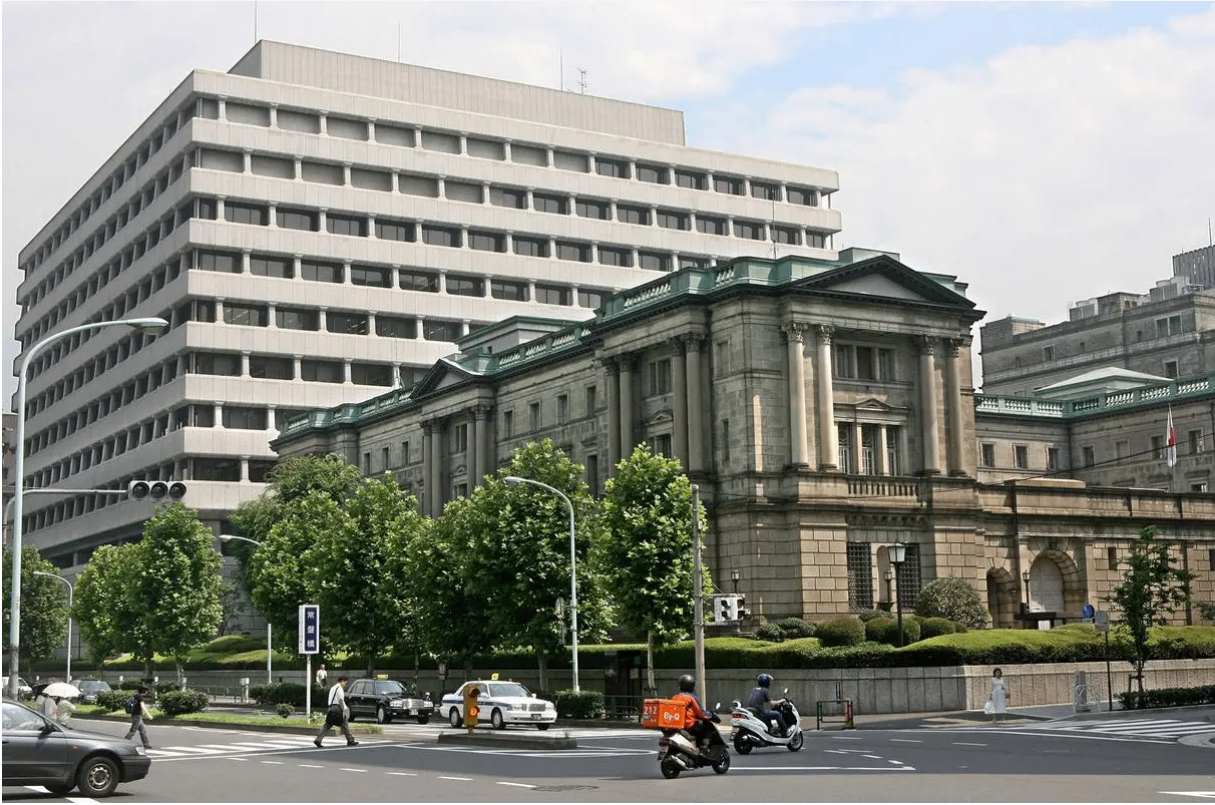美联储降息后 全球央行降息形势一览
还有不少国家已经处于降息周期的边缘,其中以东南亚地区居多。
9月19日,多家央行在美联储之后接连降息。
紧跟美联储降息的央行
先是实行联系汇率制度的香港(港元汇率保持稳定在1美元兑7.75—7.85港元内)宣布降息,将基准利率下调50个基点至5.25%。
根据中国香港金管局规定,目前香港的基本利率定于当前的美国联邦基金利率目标区间的下限加50基点,或隔夜及1个月香港银行同业拆息的5天移动平均数的平均值,以较高者为准。
而因美国于9月18日(美国时间)调低联邦基金利率的目标区间50基点,当前的美国联邦基金利率目标区间的下限加50基点是5.25%,而隔夜及1个月香港银行同业拆息的5天移动平均数的平均值是3.21%,所以根据预设公式,基本利率设定于5.25%。

除了香港以外,多家中东央行也在近日接力降息,且降息幅度都在50基点或以上。
- 按降息幅度排列,卡塔尔央行最为激进,该行下调存款利率55个基点至5.2%,下调回购利率55个基点至5.45%,下调贷款利率55个基点至5.70%,降息幅度甚于美联储;
- 沙特阿拉伯央行下调回购利率50个基点至5.5%,逆回购利率下调至5%;
- 阿联酋央行下调隔夜存款利率50个基点,至4.90%;
- 巴林央行下调隔夜存款利率50个基点,至5.50%;
- 科威特央行宣布降息25个基点,至4%。

尽管海湾地区的通胀率相对较低,但受与美元挂钩政策的影响,该地区政策制定者在货币政策上的操作空间受限。他们往往与美联储的政策保持同步,特别是在新冠疫情引发的经济波动之后,他们一直在紧密观察美联储的利率调整行动。
对于这些国家紧跟美联储的降息行为,阿布扎比商业银行首席经济学家莫妮卡·马利克在美联储降息决策前表示,海湾地区的国家并不需要像美国那样维持较高的利率水平。
她解释称,这是因为这些国家的通货膨胀率通常较低,大多保持在2%以下。她认为,降息将是一个积极的举措,尤其是在油价预期疲软的背景下,这将有助于增加海湾国家及其投资项目的融资需求。
在美联储之前降息的央行
事实上,海湾国家的集体降息并非个例。早在美联储降息之前,已经有不少国家吹响了降息号角。
- 按时间顺序排列,今年3月,瑞士央行打响了2024年全球降息之年的“第一枪”,瑞士也成为了第一个宣布降息的欧美发达国家;6月,该央行再度将借贷成本降至1.25%;
- 今年5月,瑞典央行宣布降息25个基点,这是该央行8年来的首次降息;
- 今年6月,欧洲央行将主要再融资利率、边际借贷利率和存款机制利率均下调25个基点,这是该行自2019年以来的首次降息;
- 今年7月,英国央行宣布降息25个基点,将基准利率从5.25%下调至5%,为2020年3月以来首次降息;
- 8月14日,新西兰联储意外宣布降息25个基点,将基准利率从5.5%降至5.25%;
- 8月15日,菲律宾央行宣布降息25个基点;
- 9月4日,加拿大央行下调关键利率25个基点至4.25%,为今年连续第三次降息;今年7月、6月,加拿大央行连续两次降息,将基准利率下调至4.5%;10月份再降息25个基点几乎铁板钉钉;
- 9月12日,欧洲央行宣布年内第二次降息,将存款机制利率下调25个基点,主要再融资利率和边际借贷利率均下调60个基点,三大利率分别降至3.50%、3.65%、3.90%;
- 9月18日,印度尼西亚央行决定把基准利率下调25个基点至6%,同时,把存款利率下调至5.25%,贷款利率下调至6.75%。
未来即将降息的央行
此外,还有不少国家已经处于降息周期的边缘,其中以东南亚地区居多——菲律宾已于8月率先降息,印度尼西亚也在美联储降息的强烈预期支撑下,于本周三下调了关键利率水平。摩根大通预计,印度将在下个月降息,而韩国和泰国央行将在今年年底前采取行动。
分析师称,由于东南亚各国央行有更多空间放松货币政策,当地市场前景被普遍看好。
通常,中央银行降低利率会导致本国货币贬值。对于新兴市场国家而言,如果它们在美联储之前降低利率,可能会面临货币价值下降、投资吸引力减少以及进口成本上升,进而可能引发通货膨胀。
然而,随着美联储最近宣布降低利率50个基点,这为其他尚未采取宽松货币政策的国家央行提供了降息的空间,特别是亚洲尤其是东南亚地区的央行,它们现在可以更加自信地加入降息的行列。
分析师称,过去两个月,基金经理持续增持泰国、印度尼西亚和马来西亚的主权债券。三个月来,他们一直是印尼、马来西亚和菲律宾股票的净买家。这些资金流入帮助东南亚货币成为本季度新兴市场中表现最好的货币。

需要特别关注的央行:日本、中国
在本轮降息潮中,日本是一个特别的存在,由于该国已经获得了渴慕已久的稳定通胀,市场预计日本可能会在12月再度加息。此前7月底,日本央行曾意外宣布加息,将0—0.1%的政策利率调整至0.25%,引发了一场金融海啸。
分析人士称,基于日本央行政策对日元套利交易的潜在影响,日本央行的货币政策前景已变得与美联储同样关键。而日本央行官员近期连续表态所暗示的,以及目前市场普遍的预期均是——日本央行将继续加息。
截至目前,接受路透社调查的大多数经济学家预计日本央行今年将再次加息,其中超过四分之三的人押注下一次加息的时间将在12月。
至于中国,为了走出通缩泥潭,不排除中国人民银行会对货币政策基调做出调整。中国首席经济学家论坛理事长连平预计,在美联储降息周期下,中国的货币政策基调获得了难得的调整时间窗口,具备了推动新一轮降准、降息的空间。
华金证券认为,货币政策转向支持性中性立场已是势在必行之举,以需定供、量足价稳是当前较为合理的货币政策预期,继续维持9月中国央行降准50bp的预测。

·原创文章
免责声明:本文观点来自原作者,不代表Hawk Insight的观点和立场。文章内容仅供参考、交流、学习,不构成投资建议。如涉及版权问题,请联系我们删除。